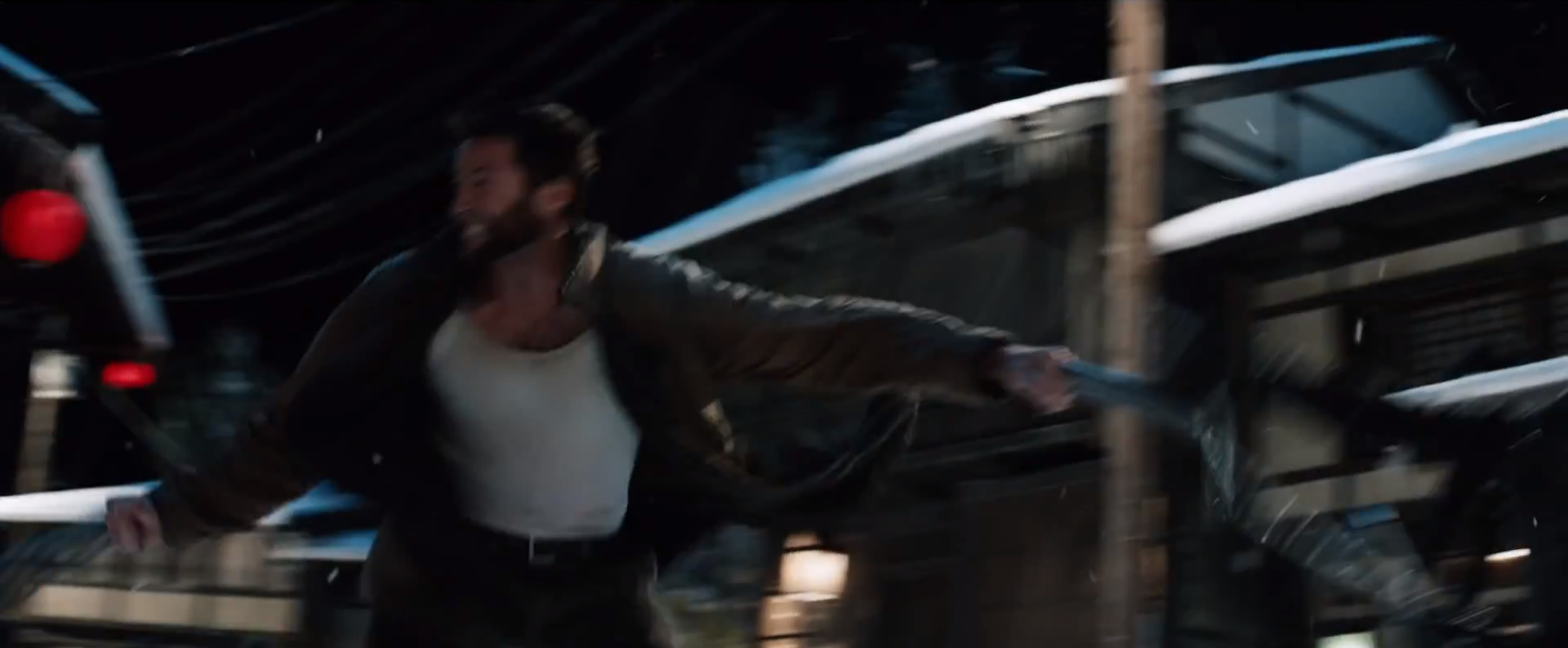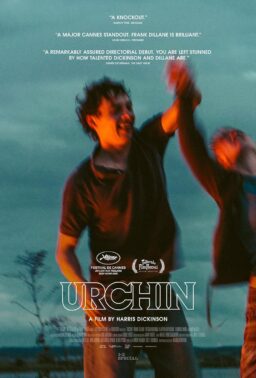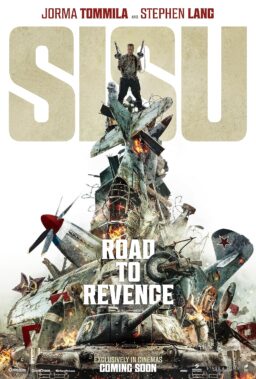“The Wolverine” is many things—another piece of Marvel’s big-screen superhero puzzle, a sturdy vehicle for Hugh Jackman’s soulful ferocity, a moderately gripping fish-out-of-water story of self-discovery and redemption. Yet just as important, it’s an action film helmed by a director who is, by any reasonable measure, not an action director. Although he’s staged solid, classically conceived action in “3:10 to Yuma” and “Copland,” he’s better known as an actor’s director, more at home with the intimacy of “Girl, Interrupted” and “Walk the Line.”
Even for a tentpole summer release based on a prized comic-book property, this is not an uncommon phenomenon; on the contrary, it’s become standard operating procedure for the studios.
And it’s also become the central problem for modern action movies, which have fallen into disarray because of who’s now making them—and, as a result, how they’re being made.
By employing directors with backgrounds in drama, the studios hope action-heavy films will be infused with greater depth. The catch, however, is that drama directors are usually inexperienced at, and thus incapable of, properly handling their material that is the film’s main selling point, or one of them.
The outcome isn’t pretty: action that gets the point across but lacks coherence, as well as the unique personality that the director was supposedly hired to provide.

“The Wolverine” is the latest example of this burgeoning trend. To name just a few examples from the past couple of years, “X-Men Origins: Wolverine” (dir: Gavin Hood), “Quantum of Solace” (dir: Mark Forster), “Skyfall” (dir: Sam Mendes), “Iron Man” (dir: John Favreau), “Thor” (dir: Kenneth Branagh), “Red” (dir: Robert Schwentke), and “The Avengers” (dir: Joss Whedon) were all brought to the screen by filmmakers whose careers were predicated on dramas or comedies, not action. That fad remains in full effect this summer, with “Iron Man 3” (dir: Shane Black), “R.I.P.D.” (dir: Schwentke), “Red 2” (dir: Dean Parisot), “World War Z” (dir: Forster), and “The Wolverine” all overseen by men whose qualifications for these combat-heavy assignments aren’t their proven ability to choreograph and cut action, but in their successes in other corners of the filmmaking world.
While no studio exec would dare hand over an Oscar-hopeful drama to Michael Bay, the opposite model—Hey, Marc Forster directed “Finding Neverland,” so he’s obviously the ideal candidate for a Bond film!—now reigns supreme.
This is, first and foremost, because the Michael Bay method of spastically shooting and editing auto chases, shootouts, and other CG-ified mayhem is easily replicated. That’s not to say that Bay is a hack; his films have a distinctive car commercial sleekness and sexiness (not to mention a logistical scale) that’s difficult to fully duplicate. But his process—which compiles lots of frenzied camera coverage—is one whose emphasis is in post-production. In other words, he films a ton, from as many angles as possible, and then assembles it in whatever way he pleases in the cutting room.
This disjointed style of directing action—embraced by Mangold’s new Wolverine film, as well as most of its genre brethren from the past decade—has begat something known as “Chaos Cinema,” the term coined by Matthias Stork in his two-part 2011 Press Play video analysis of modern action techniques. Stork contends that classical cinematic notions of spatial lucidity and escalating momentum have been replaced by frantic editing and unruly camera movements that beget an all-out, all-the-time sensory assault. Stork’s argument initiated a heated discourse at the time—for a primer, see also Ian Grey’s fierce rebuttal, Scott Nye’s defense of the style as a movie cousin of abstract art, and Steven Boone’s equally passionate elaboration of the trend’s underlying political dimensions.

Disagreements over its usefulness notwithstanding, there was, and still is, no debating that the Chaos Cinema style—in large part pioneered by Bay, starting with 1995’s “Bad Boys”—now dominates action cinema. Found in everything from Paul Greengrass’ shaky-cam-crazy Bourne sequels to Justin Lin’s “Fast and Furious” installments, it’s an anarchic mélange of sound and imagery that at times seems only somewhat related to the plot events being portrayed onscreen. This style isn’t too interested in letting you know where people and vehicles are in relation to each other. Often there doesn’t seem to be a very close relationship between the visuals, which can be blurry or imprecise, and the sound, which tends to be detailed and very exact. Strangely, considering how indiscriminately it’s applied, the Chaos style is often defended as a cinematic attempt to mirror the frantic nature of the action, or the excited or terrified mental state of the characters.
The Chaos Cinema system requires less precision during production than the classical method of blocking and shooting action. It farms out stunt-and-fight-heavy scenes to second units that are mainly concerned with efficiency and thoroughness and collects as much footage as possible from as many angles as possible, thus letting directors defer a good number of choices until later, when the film is being edited.
By convenient coincidence, this style is tailor-made for drama directors who might be excellent at a good many things, but who show no distinctive personality when shooting action.
There’s another byproduct of shooting action this way, one that studios love: it lets them hand over large-scale, special effects-heavy goliaths such as “X-Men Origins: Wolverine” to the likes of Gavin Hood, a director whose prior credit—the South African drama “Tsotsi“—didn’t demonstrate master of the technical and artistic demands of fantasy, without having to worry about the director being hampered by an action scene “learning curve.”
To be sure, the aforementioned recent releases are a varied bunch. Some are more electrifying than others. But the overall outcome of this movement is incoherent, largely personality-free action, made falsely “impactful” by editing and sound design that drive every smash-cut and whip-pan home with sledgehammer force.
Studios are, for the most part, happy with this style, for a couple of reasons. One is that the audiences who drive opening weekend box-office seem to approve of this type of filmmaking, perhaps because it matches the world as they feel it. Generations that never experienced life without the Internet are increasingly cocooned in a fractured reality of Internet clips, smart phone updates, and social media messages in which the data stream never lets up. “Can it be possible that those young people born after the advent of 8-bit video games experience everything faster, harder, more intensely and more vaguely than the generations that came before it, on multiple levels, in both ecstatic and numbed-down ways?” asked Ian Grey in “The Art of Chaos Cinema.” “Whatever the explanation, classical cinema is not and never again will be their answer. It doesn’t match the experience of a generation of Facebookers, Tweeters and Call of Duty players. It just doesn’t. No amount of hectoring will change that.”
Hollywood also likes the chaotic style because it seems like a way of shaking up the action genre—of invigorating it through filmmakers that are perhaps more interested in relationships than action, and in internal as well as external struggles. By opening up action, fantasy and superhero sagas to directors who aren’t known for their flair with action, the studios are hoping to give he-man sagas some heft, and reassure actors that they’re in the hands of a filmmaker who puts people first.

For particular movies, non-action-oriented directors make more sense. Christopher Nolan’s Dark Knight trilogy is a good example. Jim Emerson’s dissection of Nolan’s sequel may have rightly slammed the Chaos Cinema-esque action. But the popularity of “The Dark Knight” is rooted less in its handling of spectacle than in its solemn atmosphere, its aspirations toward the mythic, and its determination to turn icons into three-dimensional characters. That’s also why “Skyfall” was such a hit (well, that and its photocopying elements of Nolan’s Batman films). It’s also true for “The Wolverine,” which is most notable for the way in which its hero’s berserker-rage battles are secondary to his emotional/spiritual crises (guilt, regret, sorrow).
Mangold’s Wolverine movie is a reasonably stirring character piece, and that—coupled with its merciful desire to operate as a stand-alone work, rather than as a thread in some multi-film tapestry—helps make up for the fact that, judged purely on its action sequences, it’s no more competent than your average modern summer throwaway. Nolan and Mangold (and Favreau, whose Iron Man films are more engaging when Robert Downey Jr. is out of his armor) show that non-action directors can make superhero adventures compelling. But there’s a big aesthetic downside: these films deny us the methodically mounting suspense and exhilaration and the distinctive adrenalized personality that come from watching expertly constructed action.
That skill set has become a forgotten art, currently practiced by only a few directors who either seem to have lost some of their taste for such stuff (such as The Wachowskis, whose original “The Matrix” is a gorgeous example of melding modern CG-enhanced techniques to classical composition and rhythms) or who have yet to break free from the B-movie fringes (like John Hyams, he of the well-structured, muscular “Universal Soldier: Regeneration” and “Universal Soldier: Day of Reckoning” — see Steve Erickson’s “Fresh Blood: Three Great Directors of Direct-to-Video Action“).

What made 2011’s “Haywire” so refreshing was director Steven Soderbergh treating male-on-female fights like dance routines. His clean framing emphasized the beautifully violent, intertwined movements of the film’s warriors. Similarly, Martin Campbell’s 2006 “Casino Royale” is a testament to old-school genre craftsmanship, full of immaculately executed set pieces whose momentum rises and falls with musical grace. “Royale” is more aesthetically aligned with “Die Hard” than Marc Foster’s follow-up, “Quantum of Solace”, whose shaky, fast-cut action scenes were largely subcontracted out to the second unit from the “Bourne” sequels.
It’s hard to find contemporary mainstream actioners with with visual and spatial eloquence. Multiplexes are more likely to host the technically cruddy, quick-hit flashiness of a “Red 2” or “R.I.P.D.” There’s a chance that, with his October remake, Spike Lee will replicate the beautiful sustained-shot formalism of Park Chan-wook’s signature brawl from “Oldboy.” But given recent history, I wouldn’t hold my breath.
With James Cameron intent on mucking up his action with distracting 3D gimmickry, John Woo far removed from his balletic Hong Kong shoot-’em-ups, and Steven Spielberg proclaiming a general lack of interest in the genre, the future of big-screen action now rests in the hands of Robert Schwentke, Marc Webb, and other directors whose prior claims to fame had nothing to do with fisticuffs or explosions. Of course, some of these non-action directors may, in time, reveal themselves to be the next John Frankenheimer, or Sam Peckinpah, or Walter Hill, or John McTiernan. For now, however, and on the basis of their output over the past few summers, they seem more like the horsemen of a mushrooming genre apocalypse.












